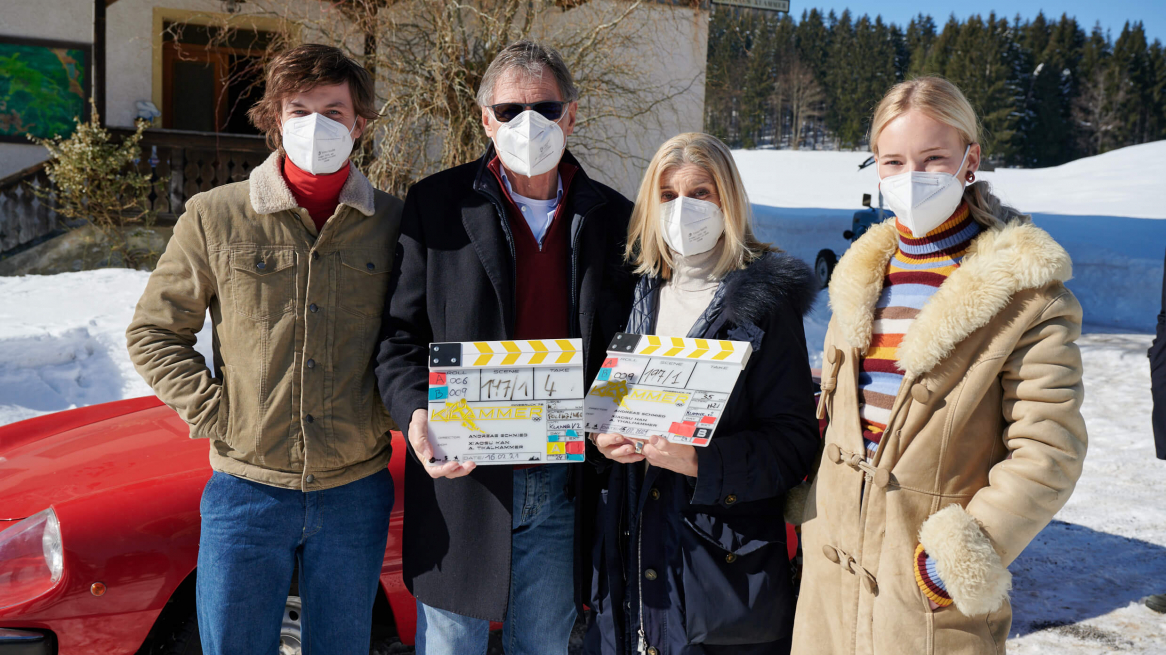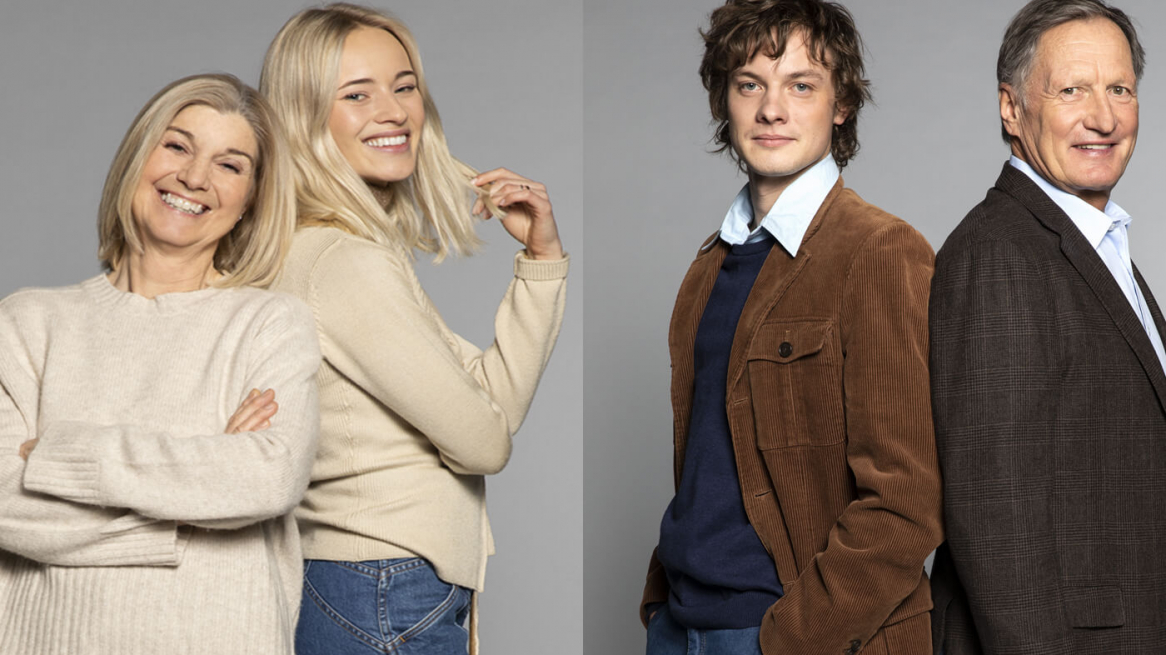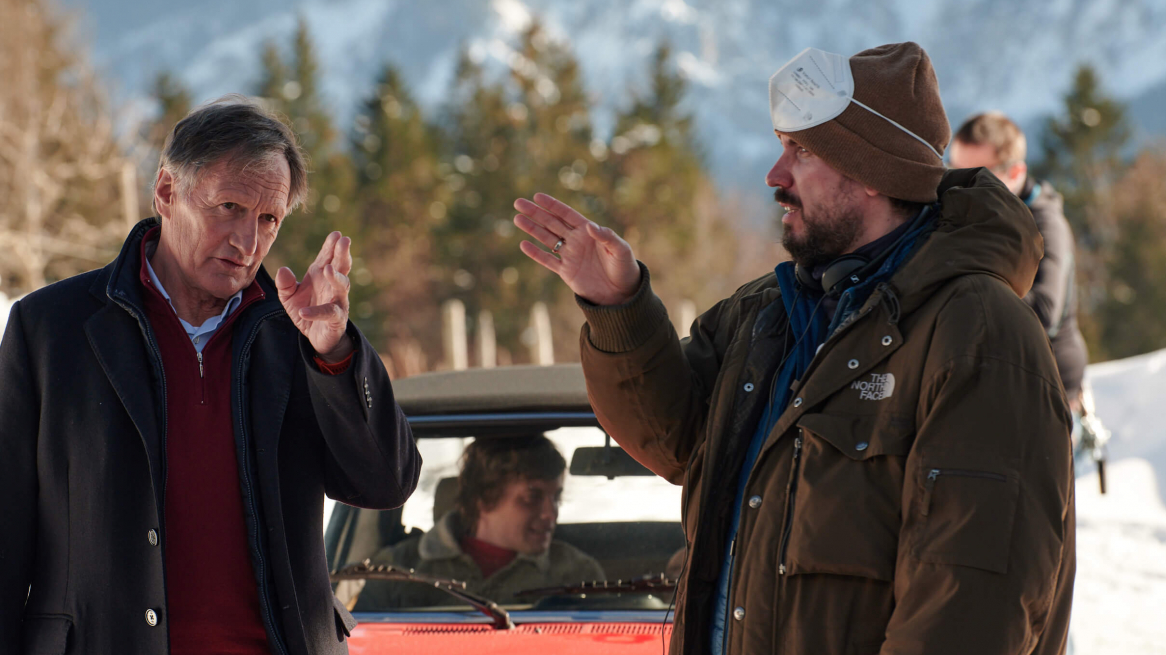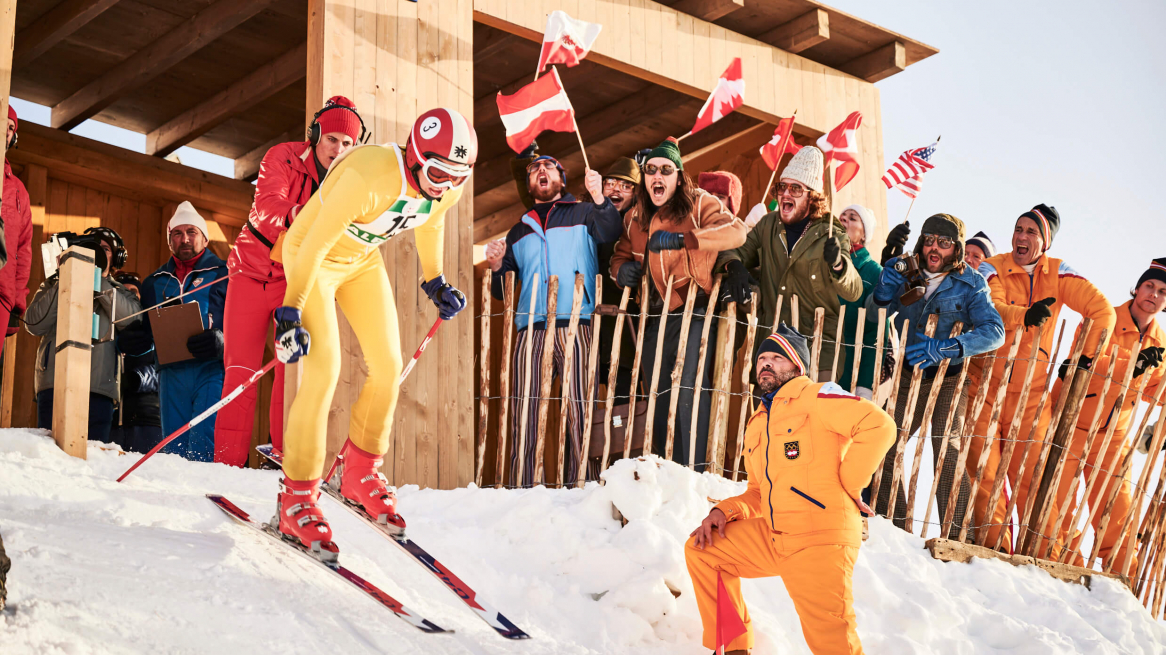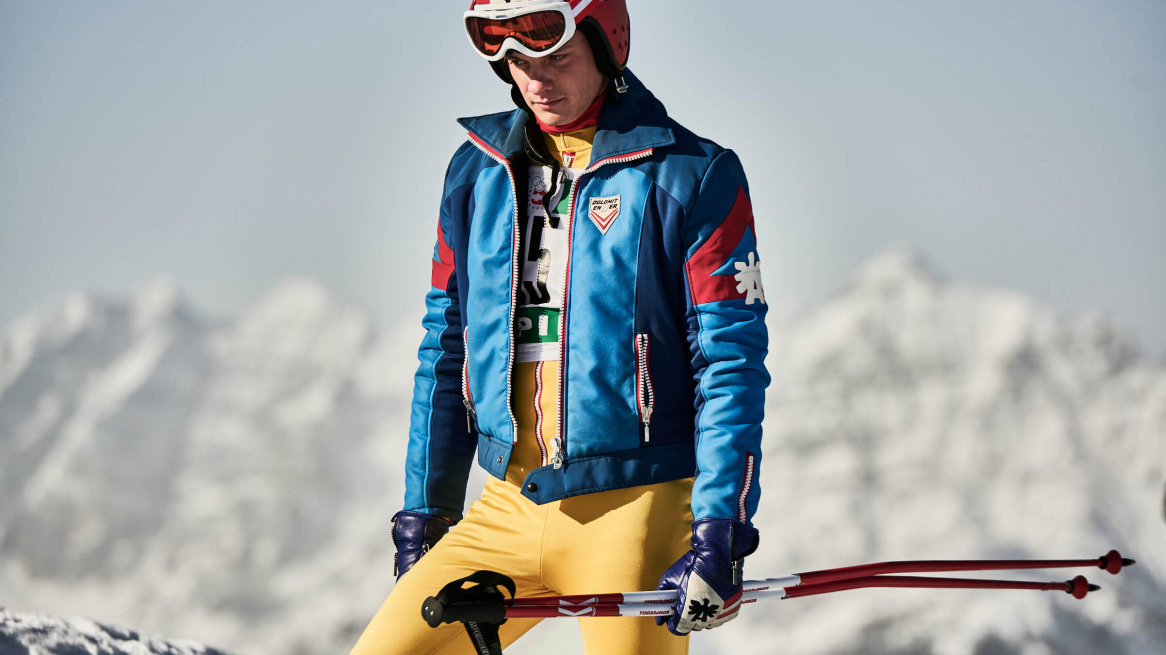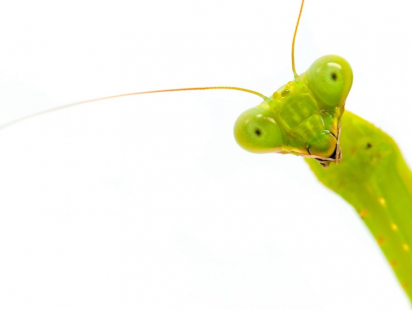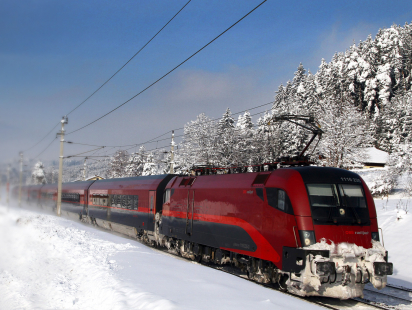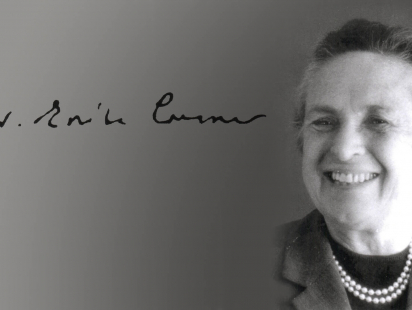Even if you were born a good ten years later and never had much to do with skiing: The name Franz Klammer precedes his reputation. The likeable Carinthian made history at the 1976 Olympic Games in Innsbruck. His success was described as a miracle, his technique as the beginning of a new era. Around 60,000 spectators were there live on the Patscherkofel when Franz Klammer won gold. The rest of Austria sat in front of the television and cheered along - the streets were empty. It was one of those days that will be remembered forever.
But how did this success come about? What happened in the five days surrounding the downhill race? How did Klammer master the course and defeat his Swiss rival Bernhard Russi with a seemingly impossible starting number and a half-time deficit? The film, shot in the winter of 2021, is now coming to theaters and will answer the questions
My colleague Fiona and I were allowed to chat with the producer Jakob Pochlatko and the main actor Julian Waldner during the filming. Many people had already had the idea of making a film about Franz Klammer, and Pochlatko was able to win over the two most important people - Franz and Eva Klammer - with his idea. Why, and what the challenges were during the shoot, he reveals to us in the interview.
INTERVIEW WITH THE PRODUCER JAKOB POCHLATKO
Why do you think Franz Klammer's Olympic performance is so memorable for so many people?
Jakob Pochlatko: One very important point is certainly that it was an Olympic home victory in Austria. I was not yet born at that time, but it is an omnipresent story that the streets were empty at that time and really everybody sat in front of the TV at home to cheer along with Franz Klammer. An inspiring story that took place right on the doorstep. The most inspiring thing about the victory was certainly the fact that such a young person, who was under so much pressure, managed to beat an almost unbeatable time!
How did you get the personal support of Franz Klammer?
On the one hand, we got it because the scriptwriters dealt with them very intensively. On the other hand, our film concept was the first one that convinced them. I believe that our draft was also so well received because it tells of the two of them as a strong couple. This overall package secured us the support of the Klammers.
Did you consider using a different filming location for the Patscherkofel? If so, where?
We thought about which locations would be interesting in principle. We also considered shooting it at Nassfeld or Bad Kleinkirchheim in Carinthia. But since the original Olympic track on the Patscherkofel is still largely intact today and the infrastructure was there, we decided to shoot it at the original location.
How did you find the shooting in Innsbruck? Were there any challenges?
The shooting went well. Of course, with so many personnel, logistics are always a challenge, especially on a ski race course where you have to cover a large area. How do you get the film crew up the mountain and back down? In addition, there is the weather situation, which has to be as stable as possible. We were lucky there, except for one stormy day, we got it all to work out the way we wanted!
What was your favorite moment during the filming in Innsbruck?
My favorite moment was the two days we shot the finish. Where we shot the victory jubilation with a large number of extras in wonderful historical costumes. Even today, that gives you goose bumps, even if it was just a film set. Our stuntmen crossed the finish line at racing speed and then the actor as Franz Klammer darts into the picture, that was an exciting, convincing illusion.
In 1976, the possibilities for filming were very limited compared to today. How was this subject matter translated into the film version?
We used the most modern camera techniques with our own team for the stunt shots. In order to capture the speed and drama of a downhill race.
The Patscherkofel looks different today as a ski mountain than it did in 1976. How and where was most of the filming done?
Of course it looks different today, but the course is still authentic. Especially the trees in the finish area look different today. Since we focus on the key spots in the film, where we actually filmed everywhere, this is of less importance. We rented the entire Olympic track and furnished it historically. Among other things, with "picket fences," which no longer exist today. We also prepared the track in a rough way, like in 1976. We then really worked it out spot by spot with the actors and the stuntmen.
JULIAN WALDNER AS FRANZ KLAMMER
We were also able to ask the main actor Julian Waldner a few more questions.
Julian, what was the biggest challenge during the shoot?
Julian Waldner: One of the biggest difficulties in film as opposed to theater performances is that the scenes in the film are not shot chronologically. So I can't play the arc of a character from beginning to end. We start somewhere in the middle in the script and I always have to have the whole script in my head to know which scene/situation I'm in.
Was it difficult to do justice to the existing historical footage as an actor in the film?
It has to look authentic, of course. That's why I trained with coaches for the ski scenes, such as the catapult launch!
Thank you both for the interview. We are excited and looking forward to the film!
The film "Bracket - Chasing The Line" will be released on October 28, 2021.
Rate this article
Show me the location on the map
Travel blogger & book author with a passion for hiking, wild herbs and alpine cuisine. #onlyinibk
Similar articles
The zoo is at the cradle of my love for Tyrol. It awakened in me the longing…
I commute a lot between Innsbruck and Vienna and I know the advantages of both cities. Many…
The darker and colder it gets outside, the cozier and cozier it gets inside. When, if not…
The physical chemist Erika Cremer (1900-1996) is one of the most important research personalities of the University…


